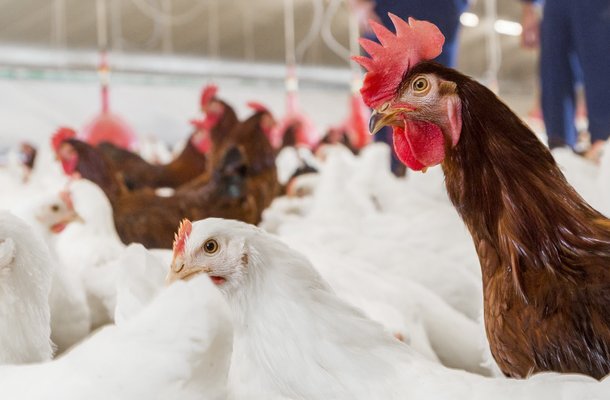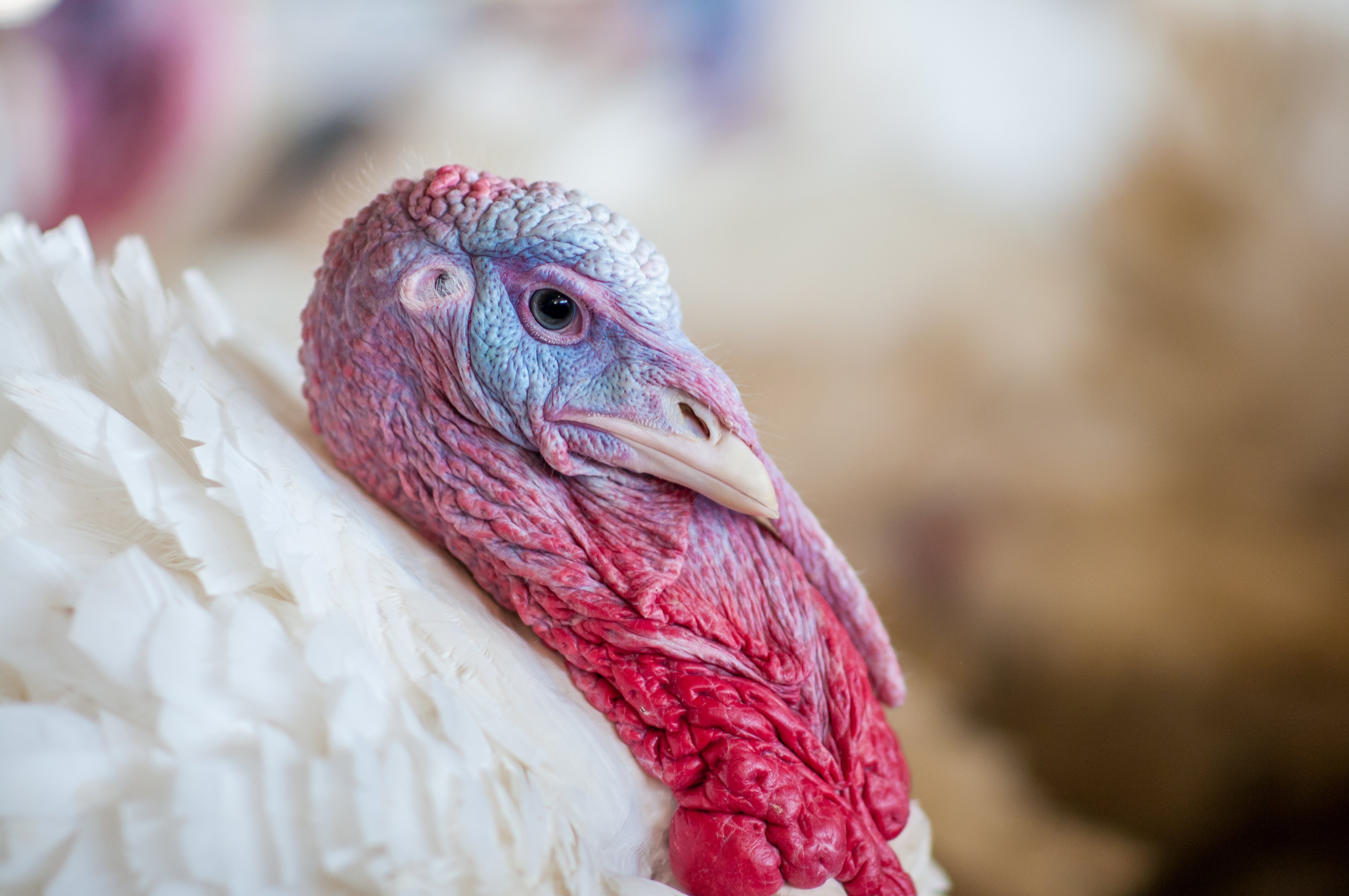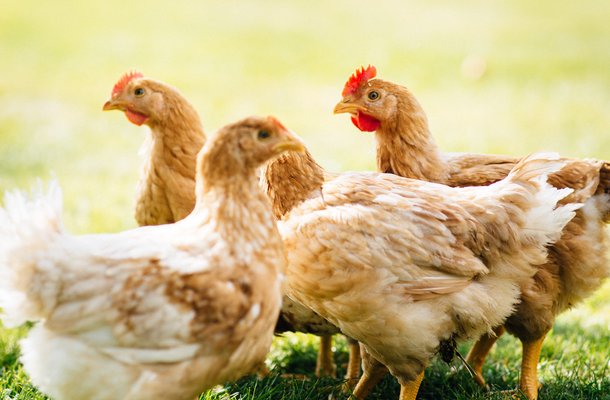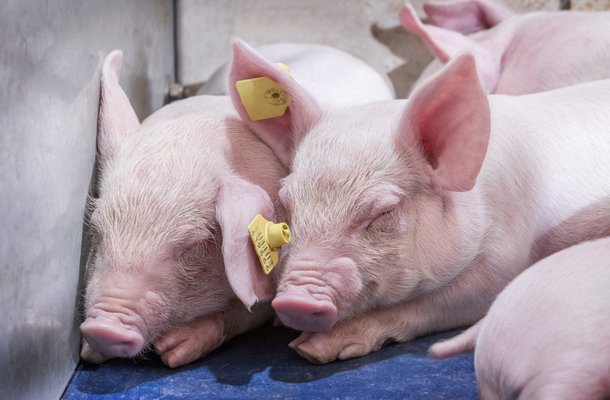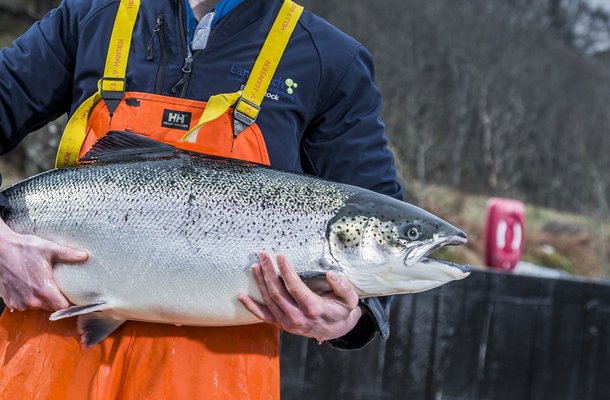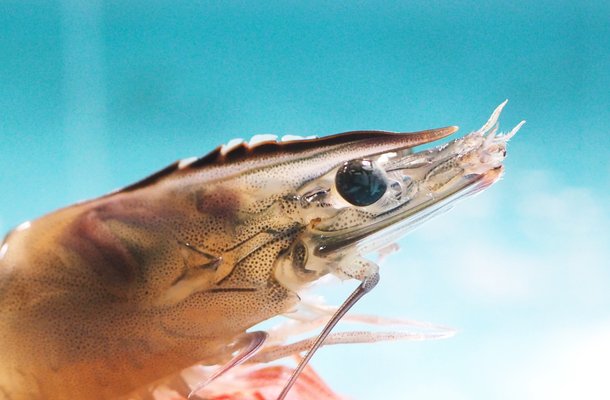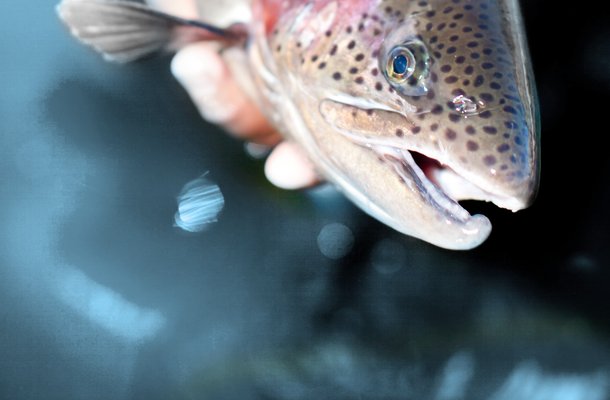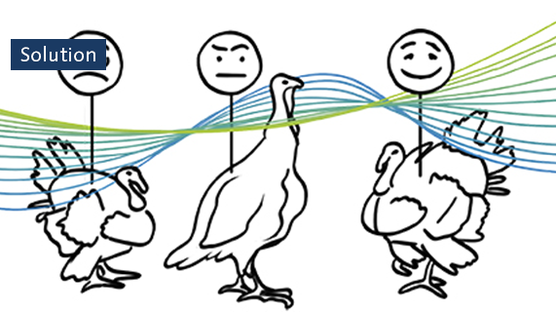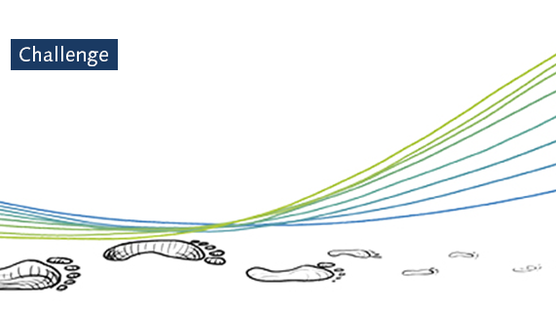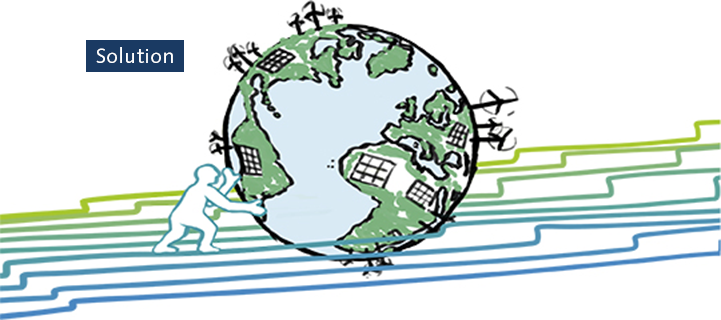
Published on May 1, 2021
The impact of 2% genetic progress
What is an animal’s potential and how can we help them achieve their best? We breed our animals based on our balanced breeding philosophies. Do you wonder what to expect from these animals? Today we highlight genetic progress and what you can expect from our champions.
The impact of 2% progress each generation
How to find the best animals for the next generation? Thanks to our continuous innovation in R&D, the animals we breed are the best of the best.
Let us dive into balanced breeding a bit. An animal is a complex organism and the proper functioning is like clockwork. Every gear is connected to another. Influencing one single thing, means that the rest will be affected too. Breeding can encompass health, survival rate, meat quality, feed efficiency, egg quality, mothering abilities, social behavior and more. Improving on all those traits together is not as simple as selecting for the ones you like most. It is balance we are after. Which implies that we need to look at all traits. For example, breeding for more piglets means making sure the sow has enough teats and milk production to raise all her piglets on her own.
The piglets themselves need to be uniform to give them the best start so they can thrive. If they eat and grow well, they will be able to withstand a possible disease or other challenges with ease. That, in a nutshell, is what balanced breeding is about. Selecting and improving on all supporting elements is the most sustainable way forward. Balanced breeding now also must tie into enhanced sustainability as well as general improved performance.
Productivity can drive social and environmental sustainability too
Most protein producers focus on a higher productivity of their stock. We think we can improve on social and environmental aspects while improving economics at the same time. Today there are about 5 000 000 000 laying hens alive worldwide. The average output of a laying hen is about 360 eggs in a bird’s lifetime. In 1970 that average number was 240 eggs. What if these birds were all Hendrix Genetics laying hens? We breed our birds to live longer healthier lives, so they can reach 500 first quality eggs in their lifetime.
Gradual genetic progress has made it possible for our laying hens to lay far more eggs now than in 1970. Think of the number of people who are able to get more protein from the same number of birds? With birds that need fewer resources to produce more eggs, we can feed the growing world population with a staggering 700 000 000 000 eggs more than what we produce today and 1 300 000 000 000 more compared to 1970.
This is just one example of how 2% progress can feed more people while reducing our impact on the environment.

Want to see what other species contribute?
Swine
Achieving superior feed conversion rates in products for all markets. Learn more
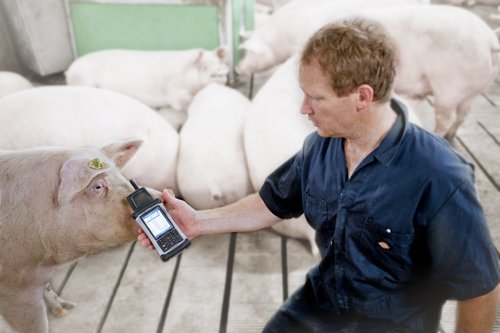
Trout
A partnership between Hendrix Genetics and GenetiRate examines the application of a new technology to measure rainbow trout feed conversion. Learn more

Shrimp
Hendrix Genetics partners with Nutreco and Ecuacultivos to lead the way by producing high quality shrimp genetics for a more sustainable market. Learn more
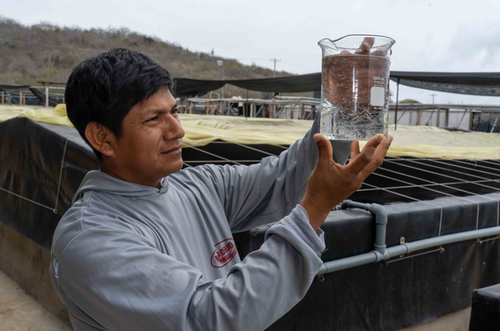
Measurement is the first step
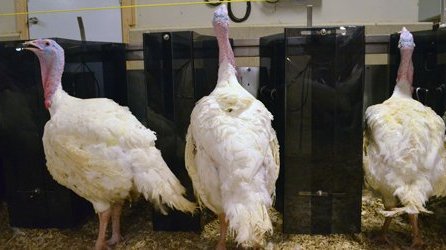
The search for the best animals starts with measuring. Feed is responsible for 50% to 80% of the environmental footprint of animal protein. In the past, feed conversion was mainly important for reducing the cost of production, but we now know that it also plays a critical role in environmental impact, as well as producing animals with high nutritional value and quality. For all our species, measuring feed conversion is a key component of our breeding program. For example, feed stations have been installed in all our turkey pedigree facilities. This allows us to track individual birds and select those that are most efficient at converting feed.
Increasing demand for protein
All signs point to the demand for protein continuing to increase as the world’s population grows as well as a growing middle class. It is inevitable that the demand for animal protein will also increase in the years to come. Genetic progress can play an important role in reducing the number of animals in the food system by making each generation more productive. By selecting for better livability, the animals in the food system will be healthier and able to live a long, productive life. This means the system can be more efficient.
Recurrent testing in our laying hen breeding program is one example of livability translating to enhanced sustainability. Testing of pedigree laying hens is conducted in commercial poultry farms in approximately 25 locations around the world. We also test the offspring of our pure line cockerels in at least two different locations so we can incorporate the effects of different flock management, chicken diets, lighting programs, housing, and climate into the analysis. We ensure that our animals will perform in commercial environments and that they will live to their full genetic potential.
Learn more about selecting for livability in laying hens.
Factors contributing to environmental sustainability
While people are still hungry, and governments still try to increase the level of welfare of their own people, improving the environment isn’t always the biggest target throughout the globe. We do feel obliged to interlink all these factors, as according to us, sustainable animal breeding is interlinking economics, social and environmental aspects. If we want to support the global food challenge and help people to enough protein, we need to take into account the environment we are all living in.
Animals are not the same. While salmon has a great ‘feed conversion rate or FCR’ – creating protein from the feed they get, salmon does need high quality feed. Pigs on the other hand have a slightly higher FCR, but the advantage of pigs is that they can thrive on lower quality feeds and multiple sources. They don’t need to be fed corn and soy. They can easily grow on the waste which people still produce while consuming their valuable plant and animal proteins. Take another look at the protein circle and how to distribute land and available resources.
The environment can be used far more to our advantage and support our growing world population better than how it is currently organized. While we can’t change borders, economic and political restrictions, embargos and so on, we can provide a better balance by selecting the best fitting animals which are on average better equipped to our future needs. Striving for a brighter life tomorrow, focusing on economic, social and environmentally sustainable pathways.
Find out what we are doing in your species of choice
You've read a solution article. Interested in the opportunity or challenge?
Do you want to explore all articles?

